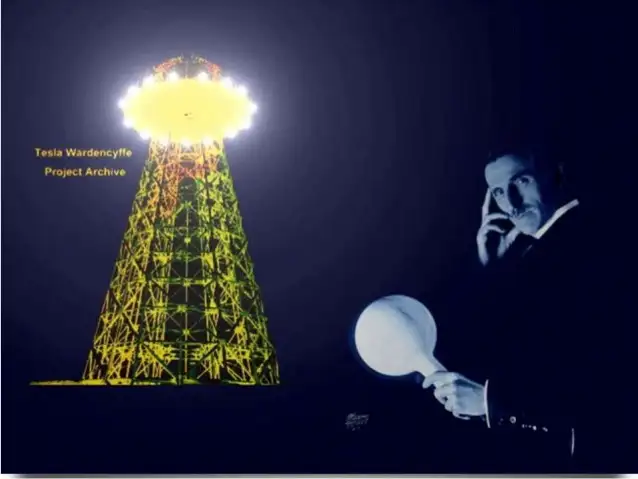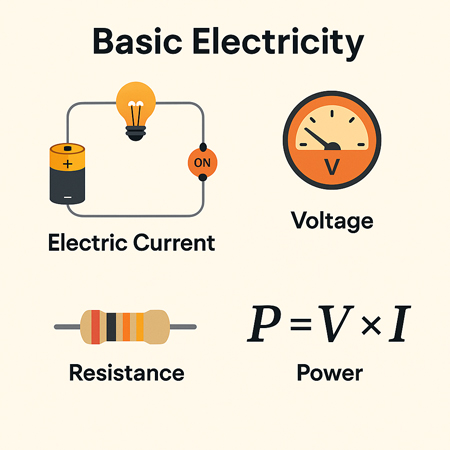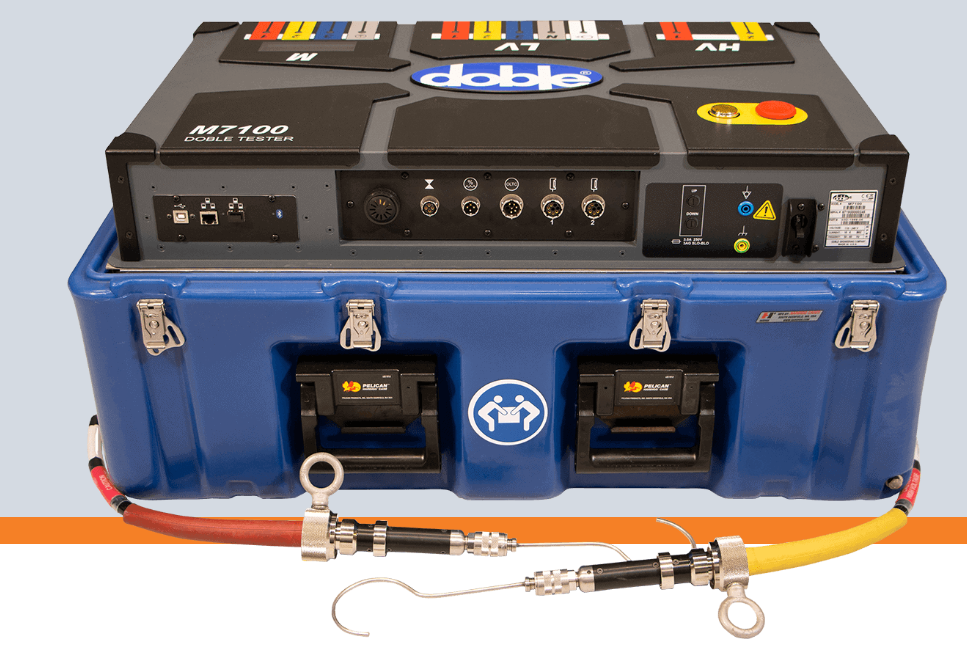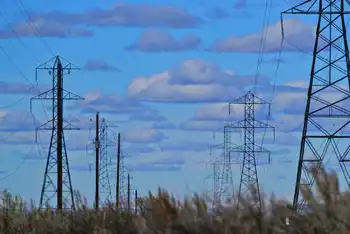Gravity power holds major promise for the decarbonization of electricity grids
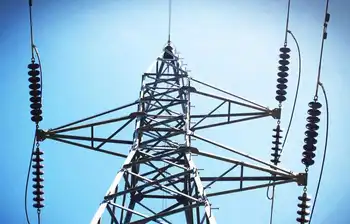
Substation Relay Protection Training
Our customized live online or in‑person group training can be delivered to your staff at your location.

- Live Online
- 12 hours Instructor-led
- Group Training Available
Gravity Energy Storage converts raised-mass potential into grid power, enabling long-duration renewable energy storage with gravity batteries, pumped-hydro alternatives, and scalable systems in towers, mineshafts, and elevators to decarbonize electricity and balance intermittency.
Key Points
Stores electricity as lifted mass, then generates clean power by lowering weights to balance renewable grids.
✅ Uses towers, mineshafts, and elevators as gravity batteries
✅ Complements wind and solar with long-duration storage
✅ Lower LCOE than lithium-ion; fewer environmental impacts
The general workings of gravity are nothing new: What goes up must come down. Over the past decade, scientists have been pursuing a new approach to this force of nature, exploring how it can generate carbon-free electricity through what’s been dubbed as “gravity power.”
Let’s take the fabled story of Isaac Newton’s falling apple as an example, but give it a twist. Instead of there being an apple dangling above him, Newton takes an apple and lifts it above his head, giving that apple his energy. That energy is then stored in the apple until he drops it, when the force of gravity releases the energy in the form of motion as it falls to the ground.
Gravity-powered batteries reconfigure this concept on a much larger scale. Steve Taber, chairman and chief executive officer of Gravity Power, describes it as a game-changing technology. “[It’s] capable of decarbonizing the grid by 80 to 90 percent without raising costs for consumers and without damaging the environment,” he says of his California-based company.
So, could this cornerstone of modern physics help accelerate the transition to a sustainable future and support nations’ goals of achieving carbon neutrality by 2050?
How it works
Gravity has been used to power mechanical movement since Dutchman Christiaan Huygens invented the pendulum clock in the 1600s.
Modern-day gravity power involves raising a heavy object with a pump, crane or motor to create gravitational potential energy. When the same mass is lowered to its original height, it activates a generator that converts the kinetic energy into electricity. Using this principle, gravity power can now be generated from skyscraper elevators, decommissioned mineshafts, and the downhill momentum of electric trucks and trains, to name a few examples. The entire structures that support such operations are considered gravity batteries.
The concept is similar to pumped-storage hydro power stations – the first of which was built in Switzerland in 1907 – which pump water uphill and release it downhill into generators when electricity is needed.
However, storing pumped hydro energy requires large amounts of land, needs to be located near a water source, is not scalable once built, and often uses carbon-intensive materials that are harmful to the environment, according to Robert Piconi, chairman and CEO of Energy Vault, a Swiss-U.S. company that was founded in 2017 and has become one of the sector’s leaders, while natural gas pipe storage is being explored in Europe as another pathway.
“Energy Vault’s gravity-based solutions are founded on the well-understood physics and mechanical engineering fundamentals of pumped hydroelectric energy storage, but replace water with custom-made composite blocks that can be made from low-cost and locally sourced materials,” he says.
Anytime, anywhere
As solar and wind energies gain traction to replace fossil fuels such as coal, gas and oil, the full potential of both renewable energies has been hampered by a simple fact of nature: The sun doesn’t always shine or enable nighttime generation reliably, and the wind doesn’t always blow. This is where gravity power can fill a crucial niche. The beauty of this technology is that it can be harnessed at any time, is relatively cheap and is viable almost anywhere.
In fact, it is intended to complement rather than replace other renewable energies – so much so that it needs to be near a grid connection that supports renewable energy. When surplus renewable energy is stored, it is used to lift the heavy mass to its potential height. Then, when solar and wind sources are unable to deliver during peak periods of electricity use, the mass is lowered to its original position to generate energy.
Energy storage is fast becoming big business for investors – the global market is expected to attract about USD 620 billion in investment by 2040, according to BloombergNEF forecasts, while UK energy storage faces calls to start large-scale storage construction to meet net-zero targets. Currently, this segment is dominated by chemical batteries, with lithium-ion making up 93 percent of the energy storage technology mix in 2020, based on figures published by the International Energy Agency.
“[Gravity] technology responds to a key bottleneck in renewable energy–dominated power grids,” says Adriaan Korthuis, co-founder and managing partner of Climate Focus in Amsterdam. “Storage of electricity is a major challenge in our global transition to renewable energy.”
Cheaper and cleaner
Generating power through gravity is also much cheaper and cleaner than renewable energies that rely on chemical batteries for storage, while innovations such as advanced nuclear explore integrated molten-salt energy storage. At 6.5 cents per kilowatt hour, it costs less than half that of lithium-ion, which degrades over time and has a potentially severe environmental impact through mining and disposal, according to Gravity Power.
Based on the ‘levelized cost of energy’ – a standard benchmark that measures the total cost of running a facility divided by the electricity it is expected to produce over its lifetime – gravity power is much more cost-effective than pumped-storage hydro, hydrogen, power-flow and lithium-ion technologies, according to the company.
Grid-connected energy storage is needed in three categories: short duration (less than 1 hour) to regulate frequency; long duration (8 to 16 hours) for shifting from higher-emitting to lower-emitting power sources in a day, known as ‘intraday generation shifting’; and very long duration (days, weeks or seasons) for occasional periods when renewable energy underproduces, according to Taber.
“The wind and solar industries have grown rapidly because the buyers of power made long-term, fixed-price purchase agreements available,” Taber says. “A similar [purchasing] instrument will accelerate the addition of long-duration energy storage to the grid.”
Korthuis of Climate Focus assesses the technology with a more cautious tone.
“The obvious challenges of this technology, as with any technology in early stages of development, are in its possibilities to scale, and in energy loss when converting electricity to storage and from stored energy back to electricity,” he says.
Sustainable bricks
Energy Vault takes a different approach to gravity power by constructing towers the size of a 20-story building. It provides electricity through a 100 megawatt-per-hour crane-operated system run by artificial intelligence to generate kinetic energy when the grid requires additional supply. Composite bricks of local soil, mine tailings, coal ash and decommissioned wind turbine blades are used as weights, thereby repurposing material destined for landfills and avoiding the use of emissions-causing concrete.
The Lugano, Switzerland-based company has attracted investors such as Softbank (USD 110 million), Saudi Aramco and BHP, the world’s biggest mining company. Mining companies are able to profit from the technology by redeploying abandoned infrastructure of decommissioned mines and by diversifying their strategy as nations rapidly shift to renewable energies.
China Tianying, a publicly traded recycling company in China, has also committed USD 50 million to Energy Vault’s initial public offering and another USD 50 million for a license to use the technology, in a market where China’s electricity sector remain in flux.
“Following successful research and development, and proving our technology at demonstration scale, we are now commercializing and deploying our technology globally, beginning in China where we have broken ground on our first EVx gravity energy storage system, with additional near-term deployments planned in the U.S. and Australia,” says Piconi.
A 100-megawatt hour project with Energy Vault began in China in March 2022, as the country also pilots compressed-air generation projects at scale in select provinces. The company sees great potential for the technology’s uptake in emerging markets, such as China and India, which are among the world’s largest emitters of greenhouse gases.
The transition to renewable energy promises to gain momentum with the advent of this fledgling industry, whose leaders see few impediments to its widespread adoption besides access to enough land for their tall towers and subterranean shafts. Gravity may yet prove to be the missing link in the energy chain that boosts the potential of sun and wind to decarbonize the world’s electricity grids.






